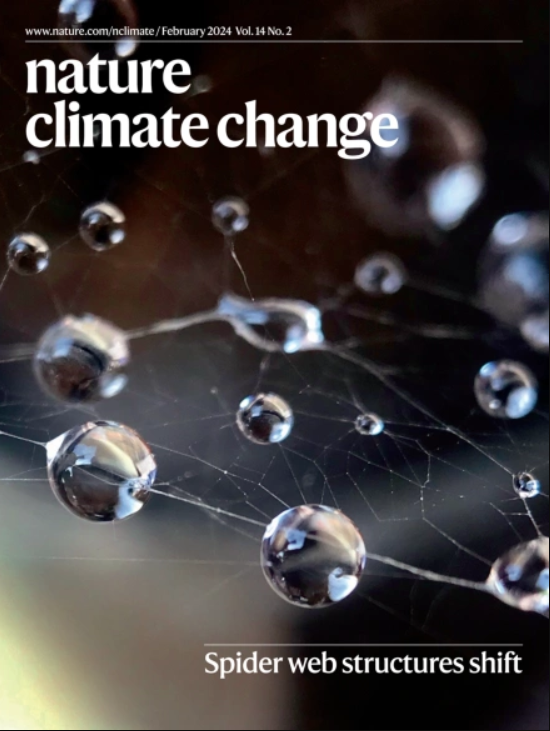Navigating energy transition solutions for climate targets with minerals constraint
IF 27.1
1区 地球科学
Q1 ENVIRONMENTAL SCIENCES
引用次数: 0
Abstract
Urgent decarbonization is imperative, yet mineral scarcity may threaten low-carbon technology deployment, potentially challenging transition pathways. Here, through the analysis of 557 mitigation pathways from the Intergovernmental Panel on Climate Change Sixth Assessment Report using the Global Resource Evaluation of Abatement Technologies model, we systematically quantify demand and potential shortages for 40 minerals critical to 17 energy technologies. We find that all pathways may experience global shortages of up to 12 minerals by 2100 under the moderate scenario, with more severe shortages of indium, tin, cadmium and tellurium related to thin-film photovoltaic, wind and nuclear power (>50% of pathways). Regional disparities would intensify these risks, particularly in developing, resource-vulnerable regions (for example, the Middle East and Africa), with potential shortages reaching 24 minerals. Hence, we propose better solutions that balance emissions reduction with resource constraints and regional equity, revealing that decarbonization requires more than technological innovation. It demands the strategic integration of diversified energy technology portfolios, aggressive recycling, material substitution and global trade cooperation, alongside moderate gross domestic product growth. The decarbonization of energy systems requires access to minerals that are critical for manufacturing low-carbon technologies. Here researchers show that meeting climate targets could be impeded by material shortages, revealing the importance of diverse solutions that balance mitigation, equity and resource constraints.


利用能源转型解决方案实现矿产资源受限的气候目标
紧急脱碳势在必行,但矿物短缺可能会威胁到低碳技术的部署,潜在地挑战转型途径。在这里,通过使用全球减排技术资源评估模型分析政府间气候变化专门委员会第六次评估报告中的557种减排途径,我们系统地量化了对17种能源技术至关重要的40种矿物的需求和潜在短缺。我们发现,到2100年,在中等情景下,所有途径都可能经历多达12种矿物的全球短缺,其中铟、锡、镉和碲的严重短缺与薄膜光伏、风能和核能有关(占途径的50%)。区域差异将加剧这些风险,特别是在资源脆弱的发展中地区(例如中东和非洲),可能短缺的矿物达到24种。因此,我们提出了平衡减排与资源约束和区域公平的更好解决方案,揭示了脱碳需要的不仅仅是技术创新。它要求多元化能源技术组合的战略整合、积极的回收利用、材料替代和全球贸易合作,以及适度的国内生产总值(gdp)增长。
本文章由计算机程序翻译,如有差异,请以英文原文为准。
求助全文
约1分钟内获得全文
求助全文
来源期刊

Nature Climate Change
ENVIRONMENTAL SCIENCES-METEOROLOGY & ATMOSPHERIC SCIENCES
CiteScore
40.30
自引率
1.60%
发文量
267
审稿时长
4-8 weeks
期刊介绍:
Nature Climate Change is dedicated to addressing the scientific challenge of understanding Earth's changing climate and its societal implications. As a monthly journal, it publishes significant and cutting-edge research on the nature, causes, and impacts of global climate change, as well as its implications for the economy, policy, and the world at large.
The journal publishes original research spanning the natural and social sciences, synthesizing interdisciplinary research to provide a comprehensive understanding of climate change. It upholds the high standards set by all Nature-branded journals, ensuring top-tier original research through a fair and rigorous review process, broad readership access, high standards of copy editing and production, rapid publication, and independence from academic societies and other vested interests.
Nature Climate Change serves as a platform for discussion among experts, publishing opinion, analysis, and review articles. It also features Research Highlights to highlight important developments in the field and original reporting from renowned science journalists in the form of feature articles.
Topics covered in the journal include adaptation, atmospheric science, ecology, economics, energy, impacts and vulnerability, mitigation, oceanography, policy, sociology, and sustainability, among others.
 求助内容:
求助内容: 应助结果提醒方式:
应助结果提醒方式:


